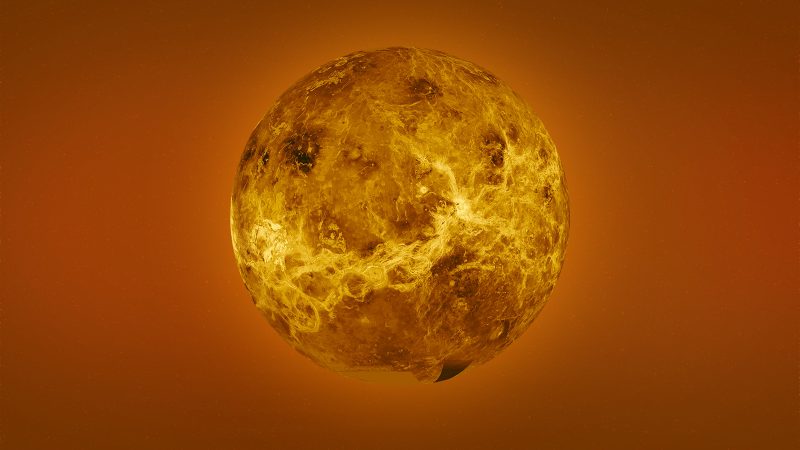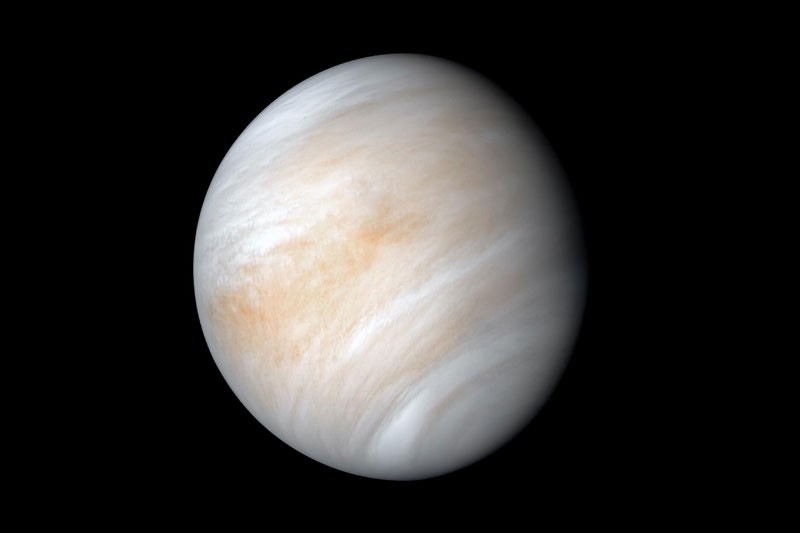
Some scientists think the best place to find evidence of life is one of Mars’ moons. They might serve as a depository for material that was blasted off of Mars’ surface in the past.

he InSight team has found that the Martian crust is thinner then expected (20 to 37 km) and its core is liquid with radius of about 1830 km.

When light shines on biological matter, part of the wavelength of the light that is reflected back is curled in either a clockwise or counterclockwise spiral. Astrobiologists used this phenomena in their remote sensing technique.

Monday, NASA's Ingenuity Mars Helicopter became the first aircraft in history to make a powered, controlled flight on another planet. The flight was a success.

Astronomers have detected X-rays from Uranus using NASA's Chandra X-ray Observatory. This result may help scientists learn more about this enigmatic ice giant planet in our solar system.

NASA’s Perseverance Rover that landed on Mars last month has beamed back historic audio recorded on the surface of the Red Planet.

A day after the UAE's Hope probe entered into the orbit of Mars, China has followed suit. In May, the probe will land a Chinese rover on Mars. The goal of Tianwen-1 is to survey the atmosphere from orbit.

Perseverance, the largest, most advanced rover NASA has sent to another world, touched down on Mars yesterday. The $2.4 billion rover arrived at Jezero Crater, a basin that scientists say was once flooded with liquid water.

The widely-publicized detection of phosphine gas on Venus – a possible "biosignature" suggesting the hellish planet could have living microbes in its clouds – was probably caused by sulfur gas.

Since 2019, NASA's InSight's probe, called the “mole,” has been attempting to burrow into the Martian surface. Martian soil’s tendency to clump deprived the mole of the friction it needs to hammer itself to a sufficient depth.

The current tilt of Saturn's rotation axis is caused by the migration of its satellites, and especially by that of its largest moon, Titan. Titan and the other moons are moving away from Saturn much faster than it had been previously estimated.

Three to four billion years ago, Mars did in fact have running rivers of water. Now, scientists have mapped out an entire ancient river system.

Astronomers using NASA's Hubble Space Telescope watched a mysterious dark vortex on Neptune (a storm, which is wider than the Atlantic Ocean) abruptly steer away from a likely death on the giant blue planet.

New work reveals the likely original locations of Saturn and Jupiter. These findings refine our understanding of the Solar System's unusual architecture, including the ejection of an additional planet between Saturn and Uranus.

A team of researchers claims they've discovered the amino acid glycine in Venus' atmosphere. There are about 500 known amino acids, but only 20 are present in the genetic code. Glycine is the simplest of them.